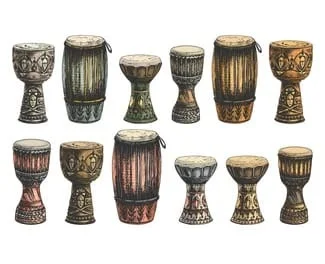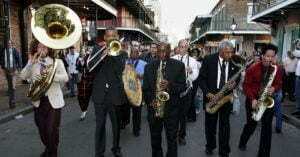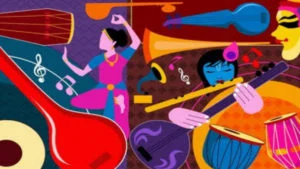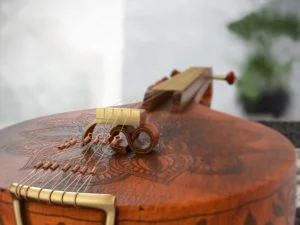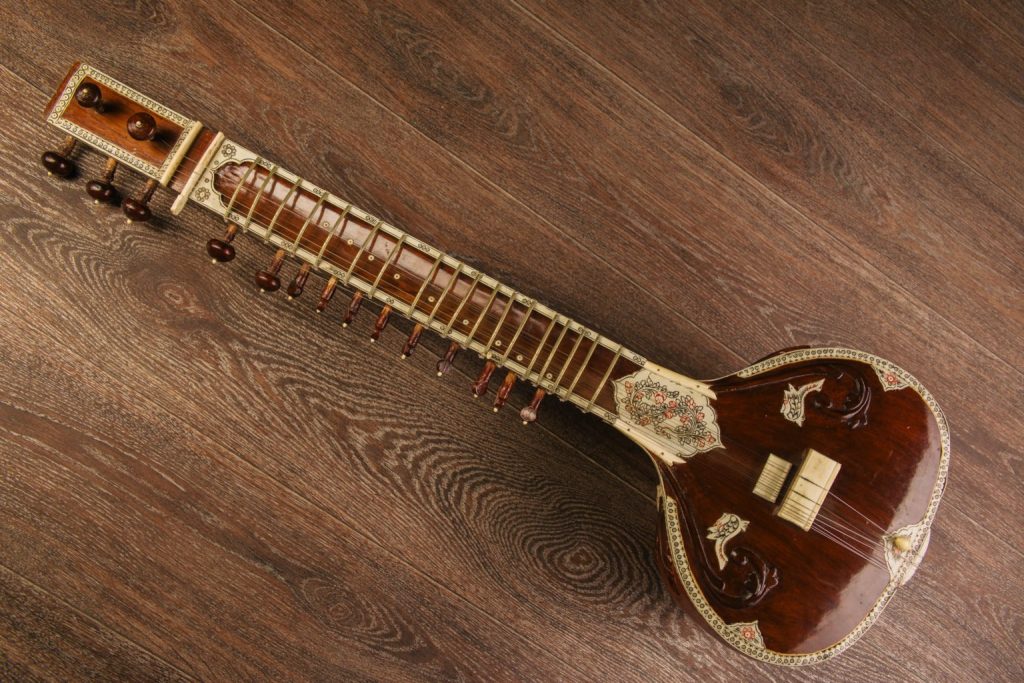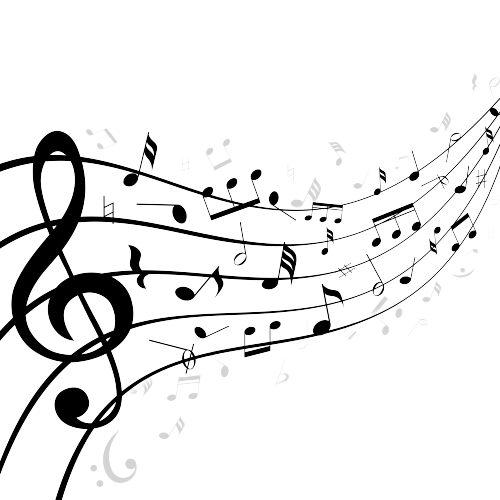The fizzy world and sass of Jazz was born in the African American communities of New Orleans, Louisiana, United States, in the late 19th and early 20th centuries, with its roots in blues and ragtime. Its roots can be found in the musical traditions of both Africa and Europe; in fact, some people say that jazz is a union of African and European music.
New Orleans was the perfect city for all these elements to come together, as it was a port city (with people arriving from all over the world). It had become a meeting place for people of different ethnic groups, and a city with a nightlife in which musicians had the opportunity to play together, learn from each other, and blend all these elements.
- Jazz was born out of and evolved through the African American experience in the U.S.
- Jazz evolved from slave songs and spirituals (religious African American folk songs)
- Jazz’s originators and most important innovators were primarily African Americans
Characteristics
Although jazz listeners may not agree on which music and musicians qualify as jazz, at a basic level, you can identify jazz by a few distinguishing traits: swing and syncopation, improvisation, bent notes and modes, and distinctive voices. We at Podium School provide lessons on music and musical instruments.

Swing and syncopation
Swing is the rhythmic momentum that makes you want to dance or snap your fingers to a good jazz tune. Part of what makes jazz swing is the use of syncopation.
Syncopation is the technique of placing accents or emphasis in surprising places. When jazz truly swings, the beat bombards you. Even if the players emphasize the beat by playing right with it some moments or just before or after it at other times.
To be very candid Jazz is something that’s felt. The swing feel and syncopation can’t be captured in musical notation, only in live jazz, where players either possess the rhythmic stuff, or they don’t.
Improvisation
Blues has the most basic structure for improvising in jazz. A basic blues song comprises 12 measures or bars. Good jazz demands tremendous technical and creative ability because its players invent at least half of the music spontaneously. Famous jazz tunes have familiar melodies set to consistent chord changes. But legendary jazz players from trumpeter Louis Armstrong to saxophonist Lester Young made their mark with their phenomenal ability to improvise. The melody and changes of a jazz tune make up a framework and starting point for exploring the possibilities of a song.
Bent notes
Jazz players often use note combinations that can’t be produced on a piano. They bend a note to alter its pitch and make a sound that doesn’t exist in the western chromatic scale. Bent notes help give jazz its mystery, tension, and energy.
Innovative modes
Another unusual jazz technique is the use of modes. Modes are various scales or groups of notes. Instead of using rapid chord changes that required a soloist to employ many different scales, modal jazz songs build around one or two scales — either chromatic scales or scales from Indian, African, Arabic, and other world music.
Distinctive voices
In the same way that every person has a distinctive voice, so does every jazz musician. With experience, you can detect variations in phrasing, tone, improvisational style, and other elements that mark each player’s musical personality. These original voices characterize modern jazz.
Instruments
As with all different genres of music, Jazz music tends to use a certain selection of instruments. These instruments blend the perfect jazz-style sound that has made the genre so popular and well loved. Jazz possesses a specific sound and style. Which is what makes the fizzy world and sass of jazz so well loved.
Trumpet

Trumpets are well-known in jazz music for creating that bold and bright sound that the genre is well known for. You’ll often find that trumpets can also be swapped out and replaced with cornets too. Trumpets are relatively inexpensive, and you can get playing by either buying new or renting one.
Saxophone
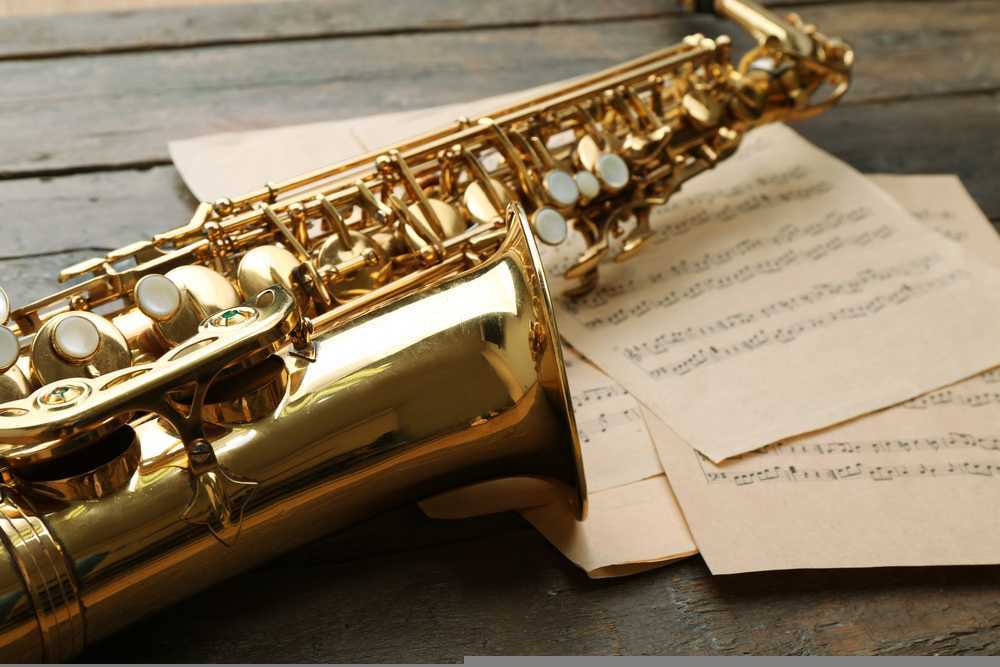
Saxophones are one of the most well-known jazz instruments, and the saxophone is often the instrument that springs to mind when imagining a jazz band. Saxophones come in a variety of sizes (if you didn’t know already) which all produce slightly different tones and notes. The most popular size to start on is Alto, then Tenor. This is commonly due to the size, ease of play and available repertoire. You can start playing by simply hiring a Saxophone for a low monthly cost.
Piano
The piano is a flexible instrument that seems to appear in many genres of music across the globe. The flexibility of the instrument makes it a great choice for jazz. Piano is a great instrument to learn for kids. At Podium School we provide Private piano and keyboard lessons.
Trombone
The trombone adds a level of theatre to a jazz band, and because of the size of the instrument, it’s often one of the most recognised members of a jazz band too. The trombone was first used in jazz during Dixieland Jazz as a supporting role within the Dixie Group. In fact, the trombone really took off during 1930’s jazz era when the instrument reached peak popularity in the genre.
Most players start on a Tenor Trombone (often used primarily in Jazz), then with experience they may add a Bass Trombone or Bb/F model if playing more classically.
Clarinet

The clarinet may not be as dramatic or as big as the saxophone or trombone, but the clarinet actually had a huge role in the evolution of jazz music. Some people argue that the clarinet had a huge impact on the impact and visibility of jazz, especially during the early jazz area in cities such as New Orleans.
Clarinets make up an important part of the woodwind range of jazz instruments.
Double Bass
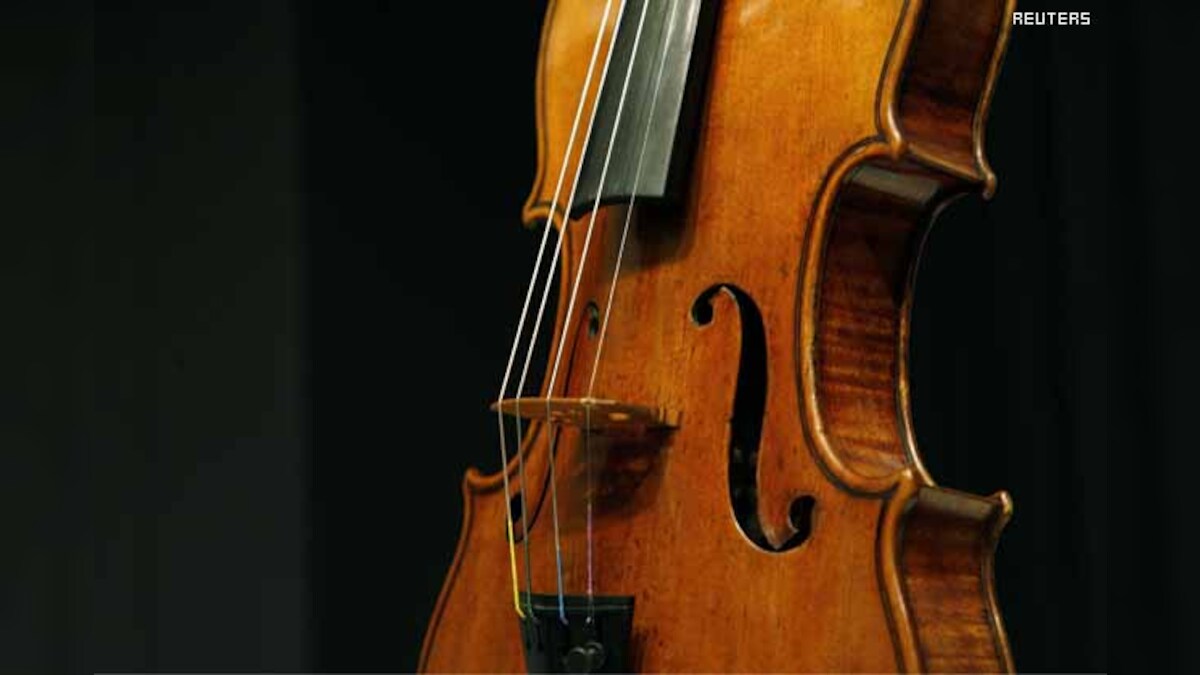
The double bass is a beautiful (and very large) strong instrument, which has a unique and distinct sound. The double bass is larger than the cello, and so requires the players to be standing when playing it. You’ll like see jazz ensembles with a double bass, and the player will be quite the presence on stage, that’s for sure!
The Drums
The drums have always been part of jazz because the beat and sound of the drums is so integral to the cultural history of where jazz music originated and evolved from. The drums are essentially the rhythm section of the jazz ensemble, and includes the bass drum, snare drum and cymbals.
Final thoughts
The fizzy world and sass of jazz is always incorporating what came before with what’s coming next; some like to say that the best jazz musicians have one foot in the past and the other in the future.
Today, jazz is played and listened by people of all ages, cultures, and ethnicities and includes musical elements and styles from all over the world; jazz has gone from being America’s music to being the world’s music.
Share with your friends

